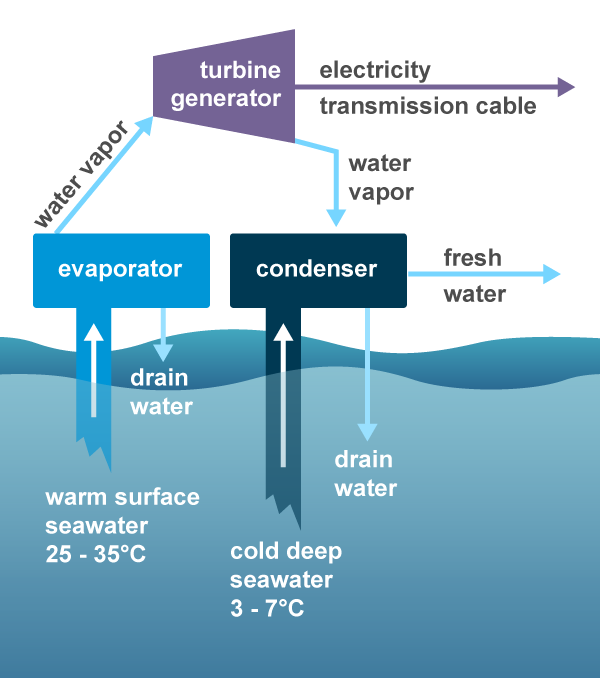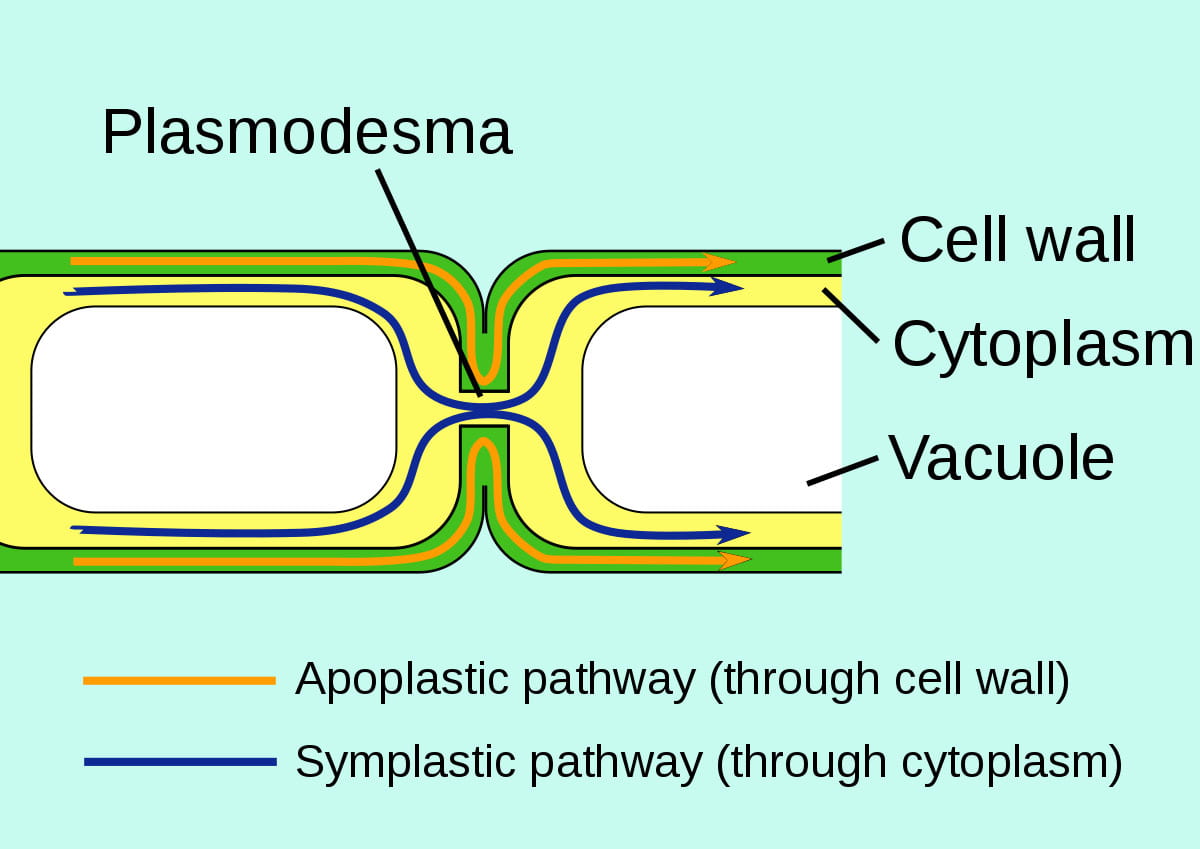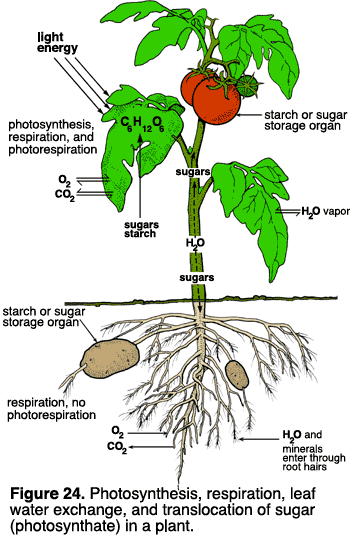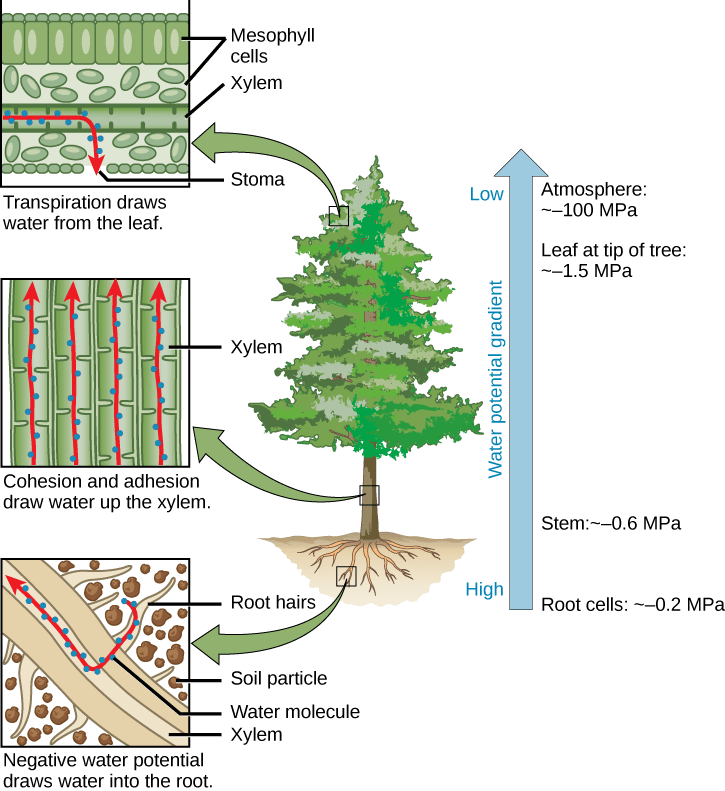The chloroplasts collect energy from the sun and use carbon dioxide and water in the process called photosynthesisto produce sugars. Energy travels through the electron transport chain which pumps hydrogen ions into the thylakoid space.

Geothermal Energy Flash Steam Power Plant Geothermal Energy Geothermal Power Plant Source: www.pinterest.com
The water cycle is driven primarily by the energy from the sun.

Where does the energy come from that drives water transport in plants?. Here the energy of ATP is used to drive the pump. Zog wonders WHERE DOES ENERGY COME FROM. The energy of water flowing through the dams tunnels causes turbines to turn.
Water is channeled through tunnels in the dam. Both animal and plant cells contain mitochondriaand plants have the additional energy factories called chloroplasts. The turbines make generators move.
Nuclear power reactors use nuclear fuel rods to produce steam. The driving forces responsible for the transportation of water and minerals in plants include. Driving Forces Responsible For Transportation in Plants.
In the first part of photosynthesis the light-dependent reaction pigment molecules absorb energy from sunlight. The movement of water from the ocean to the atmosphere to the land and back to the oceanthe water cycle is fueled by energy from the Sun. A photon strikes photosystem II to initiate photosynthesis.
To harness energy from flowing water the water must be controlled. As a caveman living long ago he knows that light and heat energy can come from the sun or burning firewood but now. The chloroplasts are where the energy of light is captured electrons are stripped from water oxygen is liberated electron transport occurs NADPH is formed and ATP is generated.
Solar thermal power plants use solar energy to produce steam. In a process called photolysis light and split light energy and catalysts interact to drive the splitting of water molecules into protons H electrons and oxygen gas. Lets start with water.
The movement of water throughout a plant is. Soil - roots - stem - leaves - air. Passive transport is a naturally occurring phenomenon and does not require the cell to expend energy to accomplish the movement.
When energy from the Sun reaches the Earth it warms the atmosphere land and ocean and evaporates water. Most steam turbines have a boiler in which a fuel is burned to produce hot water and steam in a heat exchanger and the steam powers a turbine that drives a generator. In cell respiration the proton pump uses energy to transport protons from the matrix of the mitochondrion to the inter-membrane space.
The ATP donates a phosphate to a particular gateway molecule which then pumps the desired molecule across the membrane. In passive transport substances move from an area of higher concentration to an area of lower concentration in a process called diffusion. In times of rapid photosynthesis the main product is glucose but it is usually converted to the larger sugar sucrose.
Keep in mind that one requires energy and one does not. The movement of water in a plant is like a one-way street it is unidirectional and it travels along this route. A large reservoir is created usually by damming a river to create an artificial lake or reservoir.
Other water moves from plants to the atmosphere through the process of transpiration. It is an active pump that generates a proton concentration gradient across the inner mitochondrial membrane because there are more protons outside the matrix than inside. The thylakoid membrane corresponds to the inner membrane of the mitochondrion for transport of electrons and proton pumping Figure PageIndex4.
The most direct forms of membrane transport are passive. The chlorophylls donated electrons need to be replaced and these electrons come from the splitting of water. The most common and abundant pigment is chlorophyll a.
Plant Energy Transport Plants are classified as autotrophs because they manufacture their needed nutrients by photosynthesis converting carbon dioxide and water to sugar fuels with the addition of energy from the Sun. This solar energy drives the cycle by evaporating water from the oceans lakes rivers and even the soil.

Hydrogen Cars Are Here Now How Long Until You Can Actually Fuel One Near You Fuel Cell Cars Fuel Cell Hydrogen Car Source: www.pinterest.com

Water Transport In Plants Xylem Organismal Biology Source: organismalbio.biosci.gatech.edu

Plant Growth And Development Osu Extension Service Source: extension.oregonstate.edu

Water Transport In Plants Xylem Organismal Biology Source: organismalbio.biosci.gatech.edu

Vector Brochure Template With 3d Isometric Gas Energy Plant Transportation In Pipes Trukcs And Refine Brochure Template Brochure Social Media Design Graphics Source: www.pinterest.com

Water Transport In Plants Xylem Organismal Biology Source: organismalbio.biosci.gatech.edu